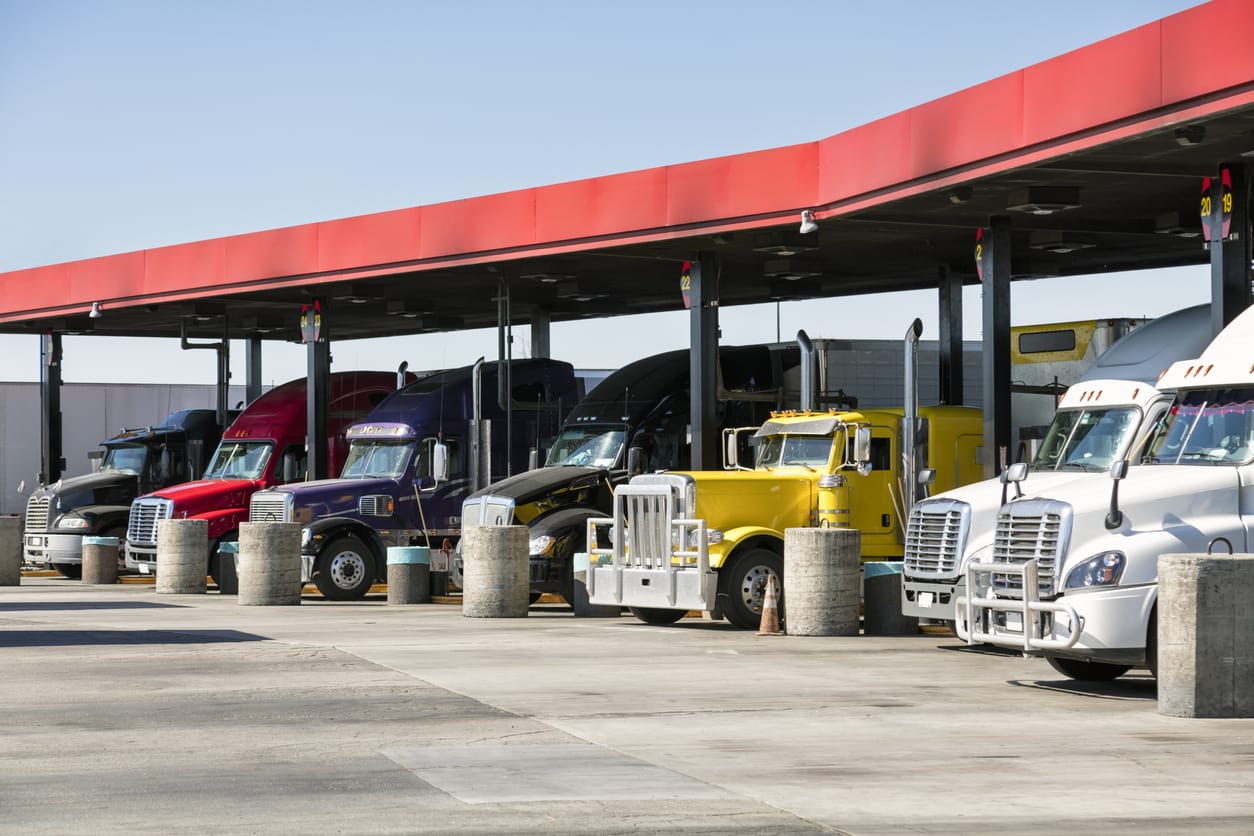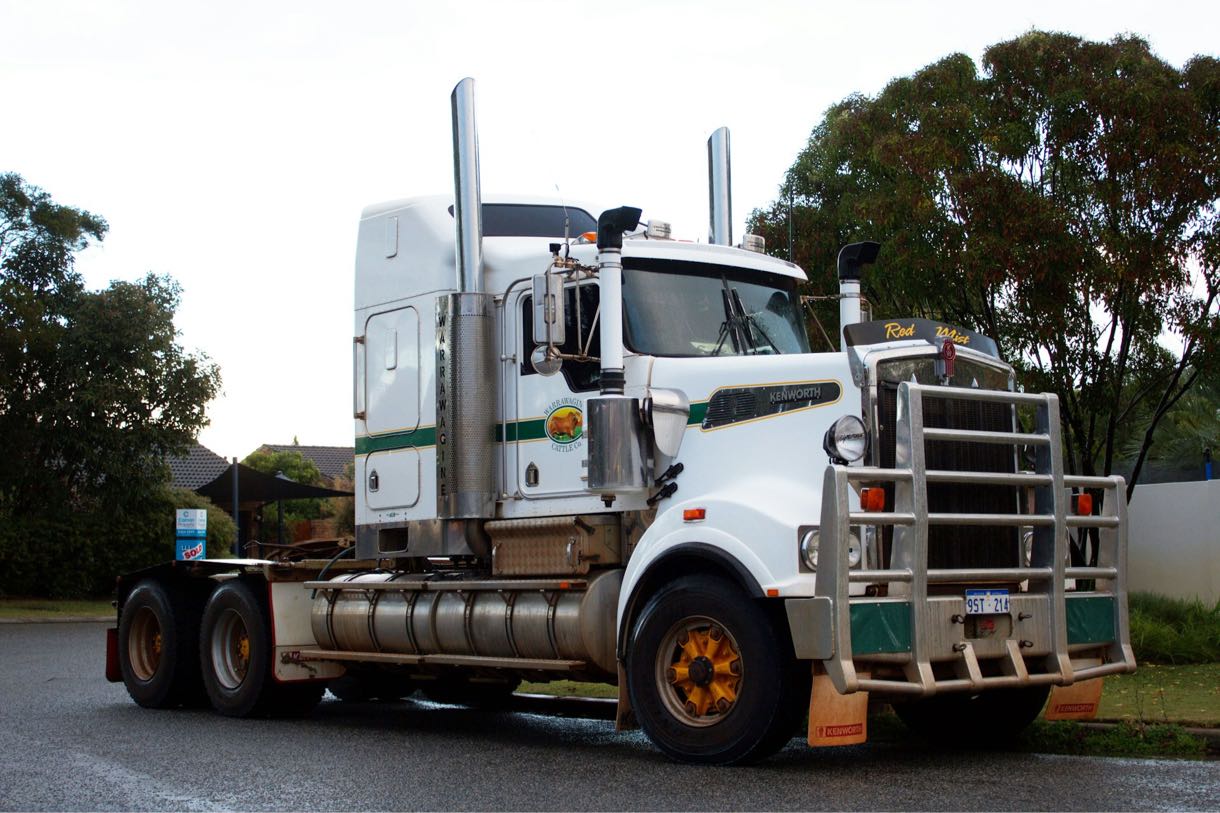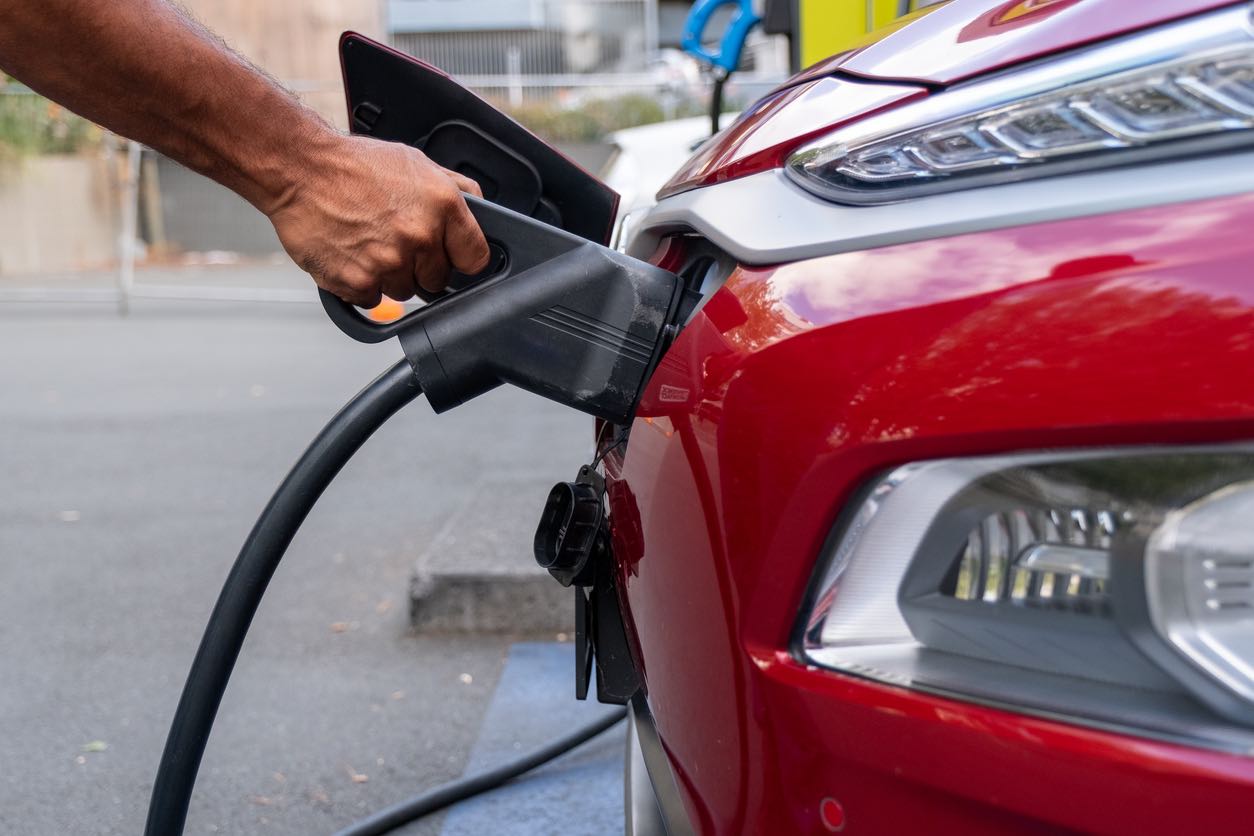With today’s fuel prices throughout the world, people have been looking for ways to maximize their fuel efficiency in order to save money. This may be driving at a set speed on the highway so you are not using too much fuel, or taking things off your car that may cause the car to be less aerodynamic like a flag for example. However, when looking at rigs, truck drivers do have a few tricks up their sleeves in order to maximize their fuel efficiency in their rigs.
One of the main tools for maximizing fuel efficiency is a well-maintained truck. According to the North American Council for Freight Efficiency, maintaining trucks properly will lead to an improvement in mileage. There are a number of different ways to properly maintain the rig in order to achieve better fuel economy like maintaining oil regularly, and ensuring the tires are at normal levels.

One of the top maintenance needs is the engine oil, as it is essentially the life blood of the engine. One of the main functions of oil is to reduce the amount of friction between the moving parts of the rig, less friction means a boosted fuel economy. In order to ensure the oil is working properly, an oil analysis should be done regularly checking the oil’s viscosity, the total acid number, and the total base number.
Tires are another essential item for an efficient fuel economy. Tire inflation is essential as there is a direct correlation between low tire pressure and an increased fuel consumption as the engine must work more to overcompensate for the low tire pressure. Just to give you an idea of how much tire pressure can make an impact on fuel efficiency, for every 10 psi a tire is under inflated, there is a 1% loss on fuel economy. This may seem minimal but when driving long distances and hauling heavy loads, that 1% could turn out to be a huge loss in money.

Continuing with tires, if wheels are out of alignment, it will lead to an increase in tire rolling resistance. With more resistance, means a decrease in fuel economy as the engine has to work harder to overcome the additional drag caused by the misalignment.
One area that some people forget to check is the air system. The air system plays an important role in the efficiency of the engine. For example, when an air filter gets clogged, it will prevent air from getting to the engine, air that is required for internal combustion engines as they require both air and fuel to run, so a restricted air flow could cause many issues. As engines today are electronically controlled, it is simple to ensure the fuel-air mix is correct. If the air filter is severely clogged, extra fuel may be used by the engine to compensate, which could affect the exhaust and cause a regen to occur.
Further maintenance orders for rigs would include the aerodynamic devices on the truck. Damages to the aero devices like a torn chassis skirt, could have a negative impact on the fuel efficiency of the rig. It is essential that the damaged parts are replaced, and that the driver regularly checks these items on their truck for damages.

Finally, ensuring things like the cooling system, electrical system, HVAC, and any idle reduction technology that is installed on the vehicle are working properly. If any of these components are not properly working, the fuel economy may be damaged. While theses will make a minor impact on the fuel efficiency, with how expensive diesel currently is ($5.34 a gallon), every minor inefficiency will matter.
If you are a truck driver, or you are in the trucking industry, it is not hard to notice that diesel is currently at an all-time high. Because of this, it is vital that one understands the different factors that can go into the fuel efficiency of a rig. There are six main factors that will make an impact, all with varying levels of impact as well. The six main factors are engine oil, tires, wheel alignment, air system, aerodynamic devices, and the smaller systems like the cooling systems. It is vital that the truck driver checks these factors at regular intervals in order to ensure their trucks are operating at maximum efficiency.




